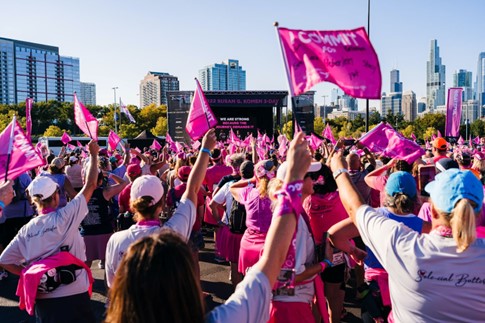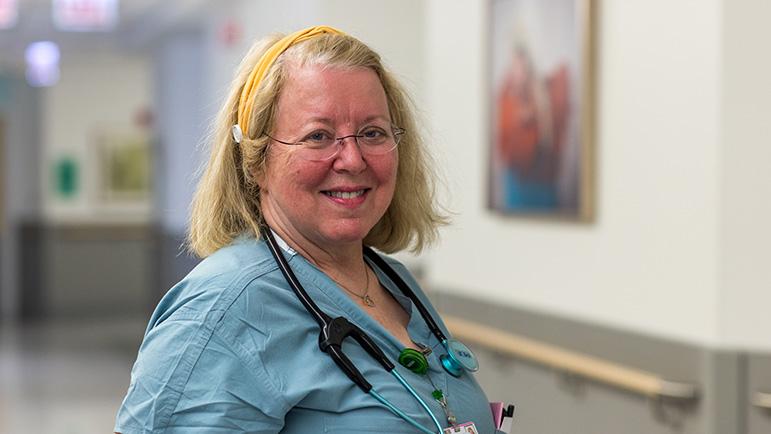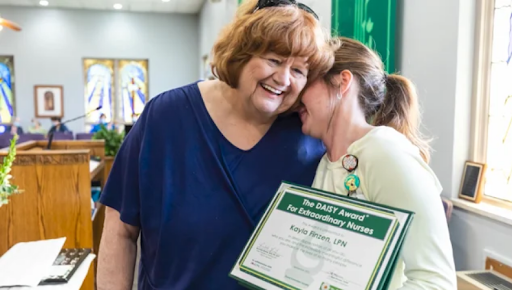Oncologist Tyler Buckley Advocates Community Education for Prevention
Over 40 percent of cancer cases and deaths are linked to modifiable risk factors, says oncologist Dr. Tyler Buckley, citing statistics from the American Cancer Society. Grassroots efforts to make sure everyone knows what they can do to prevent cancer and to find resources for treating cancer can make a difference in millions of lives. What can communities do to prevent cancer?

HPV Vaccination Saves Lives
An often overlooked avenue for cancer prevention is encouraging families to get their teens vaccinated for HPV. A study published in the medical journal Lancet in 2019 found that HPV vaccination campaigns reduced precancerous cervical lesions in young women by 50 percent.
Over the next 50 years, HPV vaccination will save over 100,000 women’s lives in the US alone. Schools and sororities are prime targets for community education efforts.
The Buddy Check System Leads to Timely Treatment of Testicular Cancer
Another target of community cancer prevention efforts is testicular cancer. This rare cancer is treatable when detected in time but potentially fatal if it isn’t. Testicular cancer primarily strikes men under 35.
Many communities have organized a “buddy check” system. Young men are reminded to perform self-exam once a month to detect lumps that could be cancerous so that they can get to treatment in time.
Sun Protection Prevents Skin Cancer
The most common cancer is skin cancer. Skin cancers result from genetic factors that are expressed after years of unprotected exposure to the sun. The number of Americans who have had skin cancer is higher than the number of Americans who have had all other kinds of cancer combined.
The Community Preventive Services Task Force has found a reduction in skin cancer rates in communities where elementary schools encouraged children to use sunscreen before outdoor playtime. They also found that skin cancer rates go down when parks, outdoor amusement centers, swimming pools, and sports venues make sunscreen available and when municipalities encourage their road and construction workers to protect themselves from the sun.
Anti-Smoking Efforts Need to Focus on Young Adults, Dr. Tyler Buckley Says
The most contentious issue in community cancer prevention, Buckley points out, is preventing smoking. The key demographic to reach in community anti-smoking efforts are young people aged 18 to 25.
Almost no one starts smoking after the age of 25. Relatively few teens smoke every day before the age of 18. For younger teens, smoking is more of an occasional habit. It’s young adults who develop the habit of smoking all day, every day, who need to be reached with mass media and community efforts to curb tobacco use.
Prevention Is a Team Effort
Tyler Buckley says it takes multiple stakeholders to lay out community cancer prevention programs that will make a difference. This means including the people who get left behind in prevention efforts. Oncologists and allied health professionals can’t do it alone.
Local agencies, service clubs, fraternities, sororities, schools, survivors, and medical professionals working together will get optimal results. Prevention, Buckley says, is a team effort.



